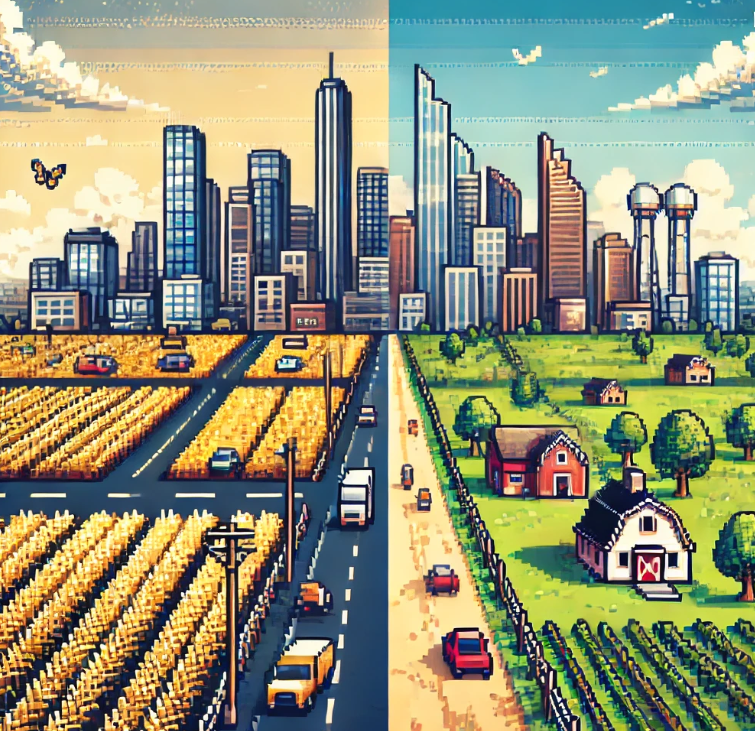Fatal police shootings are a deeply concerning issue in the United States, with racial minorities, particularly Black and Hispanic communities, bearing the brunt of these tragedies. Recent research analyzing data from 2015 to 2022 provides new insights into the complex interactions between social vulnerability, race, and geography that drive fatal encounters with law enforcement. For professionals in social services, these findings underscore the need to address underlying social determinants of health and take actionable steps to mitigate these risks within vulnerable communities.
The Importance of Social Vulnerability
Social vulnerability refers to the degree to which a community or population is susceptible to harm due to social, economic, and environmental factors. The study measured social vulnerability using the CDC’s Social Vulnerability Index (SVI), which considers a range of factors including poverty, unemployment, lack of access to transportation, and crowded housing. Higher SVI scores indicate areas where people are more likely to experience hardship, which, in turn, increases the likelihood of negative outcomes, such as interactions with law enforcement.
The research revealed a troubling trend: the number of fatal police shootings increased dramatically as social vulnerability rose. In zip codes with high SVI scores, fatal shootings occurred at rates 8.3 times higher than in low-SVI areas. For Black and Hispanic individuals, these rates spiked even further, with fatal shootings occurring 20.4 and 27.1 times more frequently, respectively.
These disparities highlight the profound impact that place and vulnerability have on the safety and well-being of individuals. Communities grappling with economic challenges and social disadvantage often face increased policing, higher crime rates, and more frequent encounters with law enforcement. The implications for social service professionals are clear: efforts to improve community safety and reduce police violence must address the root causes of social vulnerability.

Racial Composition and Its Role in Police Shootings
Another key finding of the study is the role that racial composition plays in fatal police shootings. Zip codes with higher proportions of minority residents—particularly Black and Hispanic populations—experienced significantly higher rates of fatal police encounters than majority-white areas. This aligns with the minority threat hypothesis, which suggests that police presence and aggression increase in communities perceived as a threat to social order.
For social service professionals, this means recognizing that racial and ethnic disparities in police violence are not solely the result of individual-level interactions but are also deeply embedded in the social and structural dynamics of the communities in which people live. By understanding the complex relationship between race, place, and vulnerability, administrators can tailor interventions to address the unique needs of these populations.
What Can Social Services Do?
Addressing these disparities in police violence requires more than just reforms to policing. It calls for a multi-pronged approach that tackles the social determinants of health and the environmental conditions that foster vulnerability. Here are three actionable insights for social service professionals:
1. Strengthen Community-Based Programs
Communities with high SVI scores often lack access to essential resources like mental health services, employment opportunities, and safe housing. Investing in community-based programs that provide these resources can help reduce the conditions that lead to increased police interactions. Programs that offer job training, substance abuse treatment, and youth mentorship are especially effective at addressing the root causes of crime and social instability.
2. Promote Racial Equity in Service Delivery
Given the disproportionate impact on Black and Hispanic populations, it’s essential that social service programs prioritize racial equity. This can include offering culturally competent services, addressing language barriers, and involving community members in decision-making processes to ensure that interventions are tailored to the specific needs of minority groups.
3. Collaborate with Law Enforcement
Social service agencies can play a crucial role in bridging the gap between communities and law enforcement. Establishing partnerships with police departments to implement community policing initiatives, de-escalation training, and trauma-informed practices can help reduce the risk of fatal encounters. Additionally, social workers can advocate for reforms such as body cameras and independent oversight committees to hold police accountable.
Mapping Vulnerability: A Tool for Change
One of the most actionable tools that social service administrators can use is data. Mapping areas with high social vulnerability and overlaying this with data on police shootings allows professionals to identify the most at-risk communities. This information can inform targeted interventions, allowing social services to concentrate resources in areas where they are needed most.
By understanding the link between social vulnerability and fatal police shootings, social service administrators can advocate for systemic changes. Policies that address long-standing issues of poverty, unemployment, and racial segregation will have a far-reaching impact, not only on police violence but also on the overall health and well-being of vulnerable populations.
Conclusion
The research on social vulnerability and fatal police shootings provides critical insights into the complex factors driving police violence in the U.S. For social service professionals, the key takeaway is that effective interventions must go beyond addressing the symptoms of social vulnerability—they must tackle the root causes. By focusing on community-based solutions, promoting racial equity, and using data to inform interventions, social service administrators can play a pivotal role in reducing police violence and creating safer, more resilient communities.

